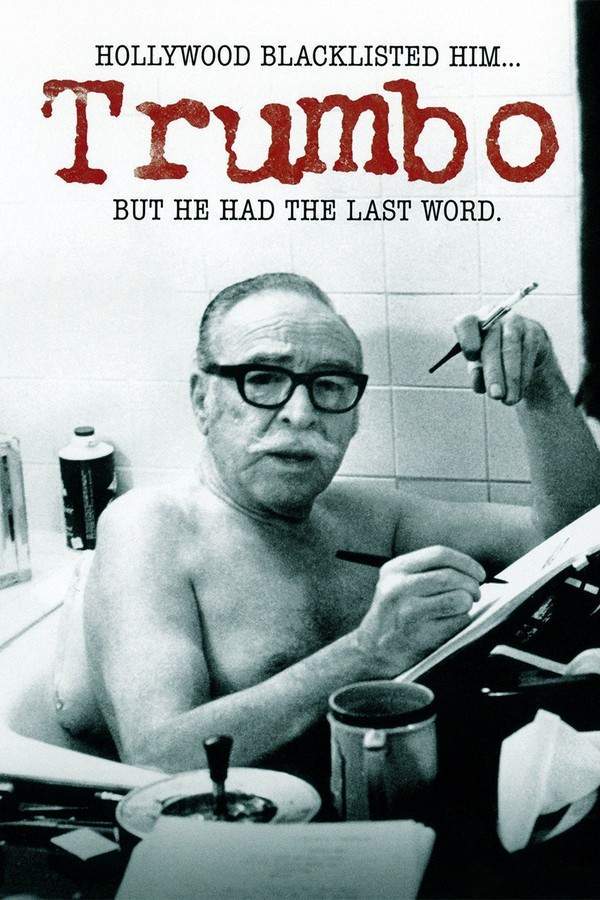
One of the Hollywood Ten
Year: 2002
Runtime: 109 mins
Language: English
Director: Karl Francis
Herbert Biberman struggles as a Hollywood writer and director blacklisted as one of The Hollywood Ten in the 1950s.
Warning: spoilers below!
Haven’t seen One of the Hollywood Ten yet? This summary contains major spoilers. Bookmark the page, watch the movie, and come back for the full breakdown. If you're ready, scroll on and relive the story!
Timeline – One of the Hollywood Ten (2002)
Trace every key event in One of the Hollywood Ten (2002) with our detailed, chronological timeline. Perfect for unpacking nonlinear stories, spotting hidden connections, and understanding how each scene builds toward the film’s climax. Whether you're revisiting or decoding for the first time, this timeline gives you the full picture.
Last Updated: October 09, 2025 at 16:54
Unlock the Full Story of One of the Hollywood Ten
Don't stop at just watching — explore One of the Hollywood Ten in full detail. From the complete plot summary and scene-by-scene timeline to character breakdowns, thematic analysis, and a deep dive into the ending — every page helps you truly understand what One of the Hollywood Ten is all about. Plus, discover what's next after the movie.
One of the Hollywood Ten Summary
Read a complete plot summary of One of the Hollywood Ten, including all key story points, character arcs, and turning points. This in-depth recap is ideal for understanding the narrative structure or reviewing what happened in the movie.

Characters, Settings & Themes in One of the Hollywood Ten
Discover the characters, locations, and core themes that shape One of the Hollywood Ten. Get insights into symbolic elements, setting significance, and deeper narrative meaning — ideal for thematic analysis and movie breakdowns.

Similar Movies to One of the Hollywood Ten
Discover movies like One of the Hollywood Ten that share similar genres, themes, and storytelling elements. Whether you’re drawn to the atmosphere, character arcs, or plot structure, these curated recommendations will help you explore more films you’ll love.
Explore More About Movie One of the Hollywood Ten
One of the Hollywood Ten (2002) Plot Summary & Movie Recap
One of the Hollywood Ten (2002) Scene-by-Scene Movie Timeline
One of the Hollywood Ten (2002) Spoiler-Free Summary & Key Flow
Movies Like One of the Hollywood Ten – Similar Titles You’ll Enjoy
Trumbo (2008) Movie Recap & Themes
Trumbo (2015) Ending Explained & Film Insights
Guilty by Suspicion (1991) Movie Recap & Themes
Arthur Miller, Elia Kazan and the Blacklist: None Without Sin (2003) Ending Explained & Film Insights
The Front (1976) Film Overview & Timeline
Man on a Tightrope (1953) Detailed Story Recap
Hollywood on Trial (1976) Full Summary & Key Details
Blacklist: Hollywood on Trial (1996) Spoiler-Packed Plot Recap
Ten Seconds to Hell (1959) Movie Recap & Themes
The Hollywood Ten (1950) Movie Recap & Themes
Cinema’s Exiles: From Hitler to Hollywood (2009) Movie Recap & Themes
Pressure Point (1962) Spoiler-Packed Plot Recap
The Best Man (1964) Movie Recap & Themes
Red Hollywood (1996) Ending Explained & Film Insights
Scandalize My Name: Stories from the Blacklist (1998) Complete Plot Breakdown

















